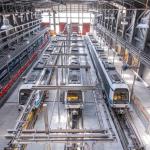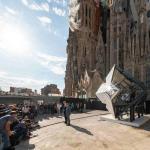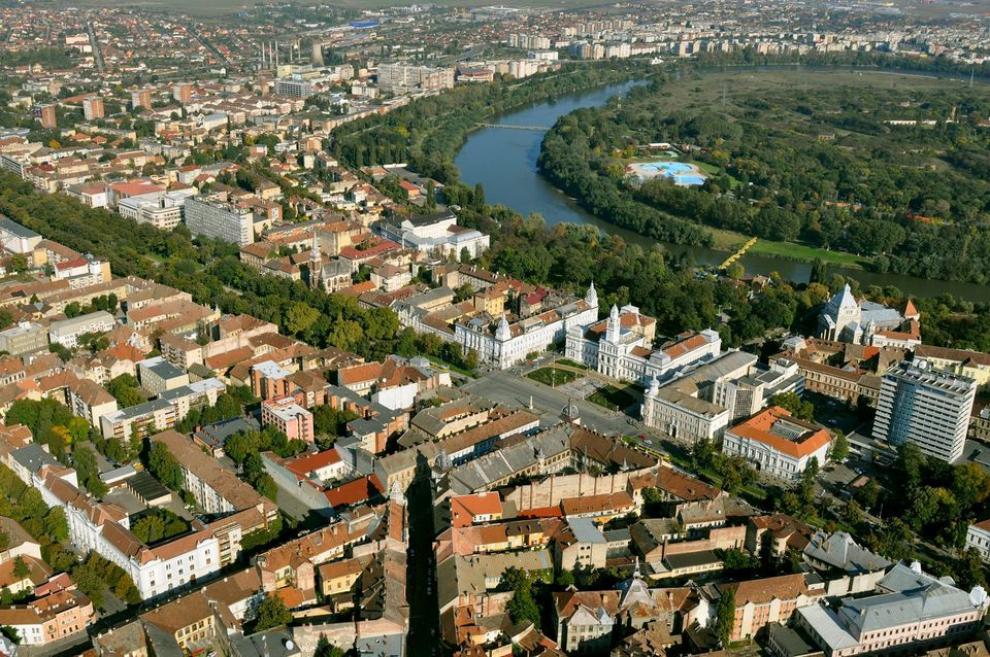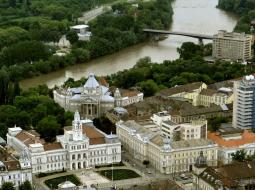Thessaloniki gets ready for its metro launch in November
The underground rapid transit lines have been under construction for almost two decades due to various project delays
 TheMayor.EU logo
TheMayor.EU logo 
The underground rapid transit lines have been under construction for almost two decades due to various project delays

The cross pinnacle on the Tower of Jesus Christ will be ready to receive visitors in 2026 on the centennial of Gaudi’s death

Now you can get your wine in Talence by paying directly in Bitcoin

That’s because the state has to spend money on updating the railway infrastructure rather than subsidizing the cost of the popular pass

Steffen Romstöck said that he would respect the residents’ choice and would take over the helm of the municipality, even if he didn’t run

The measure, which will come into force from 1 January 2025, will be partial and temporary…for now

Rethinking renewable energy sources for the urban landscape

But operating them is still illegal under the country’s legislation

The examples, compiled by Beyond Fossil Fuels, can inform and inspire communities and entrepreneurs that still feel trepidation at the prospect of energy transition

Now you can get your wine in Talence by paying directly in Bitcoin

Rethinking renewable energy sources for the urban landscape

The examples, compiled by Beyond Fossil Fuels, can inform and inspire communities and entrepreneurs that still feel trepidation at the prospect of energy transition

The underground rapid transit lines have been under construction for almost two decades due to various project delays

Plus, it has a unique modular design that allows it to be shortened and lengthened like a train

At least, that’s the promise made by the mayor of Paris, Anne Hidalgo

Despite its church-y name, the district has long been known as the hangout spot for the artsy crowds

At least, that’s the promise made by the mayor of Paris, Anne Hidalgo

Hostal de Pinós is located in the geographical centre of the autonomous region

On the eve of the new academic year, the ranking considers several distinct but essential factors


Following a successful trial phase, these quiet areas will now be available on all main routes in the country

The academic institution shows a deeper understanding of the well-being of its students











The oldest traces of documented human settlement in Arad date back to the 12th century and prove that today’s Arad is a mix of old and new, a city that preserves its traditions and history, but, at the same time, a city that is eager to continuously develop its modern urban features.
In the past, Arad was an important place for the development of Romanian education. After the 1989 Revolution, an increasingly frequented university center, consisting of two universities, joined the educational sector.
Arad is one of the landmark places linked to the history of Romania becoming a unified and independent state. Some of the leaders of the Great Union were from Arad or did much of their work there.
Arad is the capital city of Arad County. It straddles the Mures River and occupies parts of two historical provinces in western Romania - Crisana and Banat.
It is the third largest city in western Romania and the 12th largest in Romania, with a population of around 150 000.
Arad is the most important trans-European road and rail transportation junction point in western Romania, included in the 4th Pan-European Corridor linking Western Europe to South-Eastern European and Middle Eastern countries. Arad has an extensive light rail network and several bus lines. Arad Airport, equipped with a cargo terminal, is located 4 km from the downtown area.

Often called “Little Vienna”, Arad keeps on impressing with its special architectural heritage which is the work of prestigious architects, and consists of many varied styles. It is also rich in cultural traditions having hosted figures, such as Franz Liszt, Johann Strauss-son, and George Enescu. Nowadays, it leaves its mark on the cultural life of the country through the recognized artists of the Philharmonic or the "Ioan Slavici" Theatre.